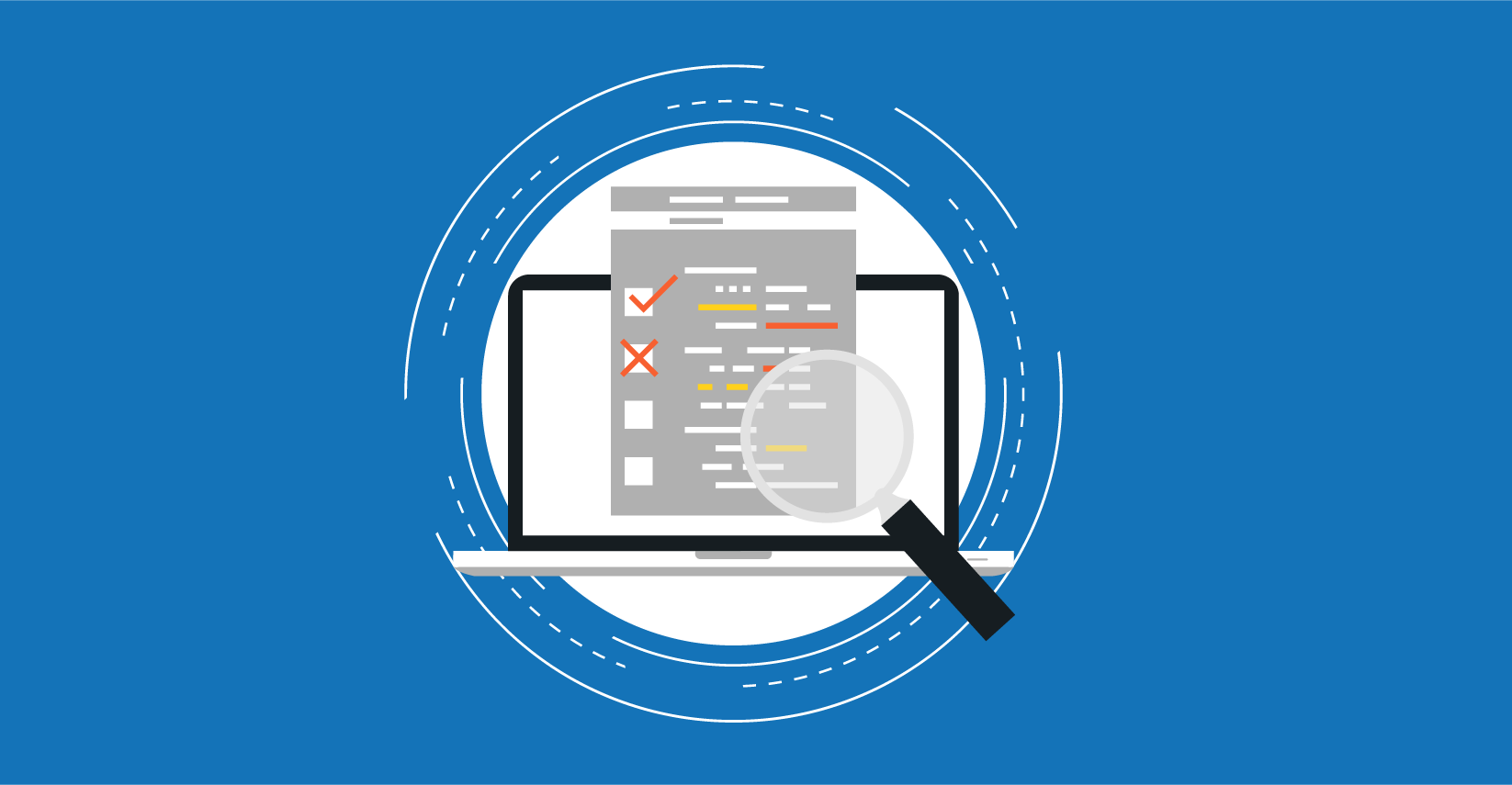Network Security Testing: Strengthening Your Cyber Defenses

- September 26, 2023
- admin
In today’s digitally connected landscape, where information flows seamlessly across networks, the importance of robust network security cannot be overstated. The rise of sophisticated cyber threats necessitates a proactive approach to safeguarding sensitive data and maintaining the trust of customers and stakeholders. Network security testing emerges as a crucial practice to identify vulnerabilities, mitigate risks, and fortify your organization’s cyber defenses. In this article, we delve into the intricacies of network security testing, exploring its methodologies, benefits, challenges, and best practices for a secure digital ecosystem.
Understanding Network Security Testing: A Necessity in the Digital Age
Network security testing involves the systematic evaluation of an organization’s network infrastructure, devices, and communication channels to uncover vulnerabilities and weaknesses that could be exploited by malicious actors. It encompasses a wide range of assessments, including vulnerability scanning, penetration testing, and security audits, to comprehensively assess the security posture of an organization’s network.
Importance of Network Security Testing
Network security breaches can have severe consequences, ranging from unauthorized data access and financial losses to reputational damage. As the attack surface widens with the proliferation of connected devices and cloud technologies, traditional security measures are no longer sufficient. This testing provides a proactive strategy to identify vulnerabilities before they can be exploited, allowing organizations to stay ahead of evolving cyber threats.
Network Security Testing Methodologies
Vulnerability Scanning: Identifying Weaknesses
Vulnerability scanning involves automated tools that scan network devices and systems to identify known vulnerabilities. It helps organizations identify security gaps, prioritize remediation efforts, and ensure compliance with industry regulations.
Penetration Testing: Simulating Real-World Attacks
Penetration testing, often referred to as ethical hacking, involves skilled professionals attempting to exploit vulnerabilities within the network. By simulating real-world cyber attacks, organizations gain insights into their network’s susceptibility to different attack vectors.
Security Audits: Assessing Configuration and Policies
Security audits evaluate network configurations, policies, and access controls to ensure alignment with best practices and industry standards. They help identify misconfigurations that might expose the network to security risks.
Wireless Network Testing: Assessing Wi-Fi Security
Wireless network testing focuses on the security of Wi-Fi networks, which are susceptible to unauthorized access and eavesdropping. This testing assesses encryption protocols, access point vulnerabilities, and the effectiveness of wireless security measures.
Web Application Security Testing: Evaluating Web Services
Web applications often interact with network resources. Testing their security ensures that potential vulnerabilities within these applications do not expose the underlying network to risks.
Benefits of Network Security Testing
Vulnerability Identification: Detecting Weak Points
Network security testing uncovers vulnerabilities that might not be apparent through manual assessment alone. By identifying weak points, organizations can proactively address potential entry points for cyber attacks.
Risk Mitigation: Strengthening Defenses
By identifying and addressing vulnerabilities, organizations mitigate the risks associated with cyber threats. This proactive approach minimizes the likelihood of successful attacks and reduces potential damage.
Compliance Assurance: Meeting Regulatory Requirements
It assists organizations in meeting regulatory and compliance requirements. It ensures that security measures align with industry standards and safeguards sensitive data.
Cost Savings: Preventing Data Breach Costs
The cost of a data breach extends beyond financial losses to include reputational damage and legal consequences. This testing helps prevent such breaches, resulting in potential cost savings.
Challenges in Network Security Testing
Complexity of Networks: Diverse Environments
Modern networks are complex and diverse, often spanning physical and virtual environments. Testing across these diverse landscapes presents challenges in terms of coverage and accuracy.
Emerging Threats: Keeping Pace
The cyber threat landscape is dynamic, with attackers continuously evolving their techniques. This testing must stay current to address emerging threats effectively.
False Positives and Negatives: Precision Matters
Relevant tools might generate false positives (identifying vulnerabilities that don’t exist) or false negatives (missing actual vulnerabilities). Balancing accuracy is crucial.
Network Security Testing Best Practices
Regular Testing: A Continuous Effort
This type of testing should be an ongoing practice, with regular assessments to address new vulnerabilities and evolving threats.
Comprehensive Coverage: Assess All Aspects
Ensure that it covers all aspects of the network, including devices, applications, configurations, and communication channels.
Collaboration: Cross-Functional Efforts
This testing requires collaboration between IT, security teams, and stakeholders to ensure a holistic approach to security.
Patch Management: Timely Updates
Promptly apply security patches and updates to address known vulnerabilities and minimize potential risks.
Remediation Planning: Addressing Weaknesses
Create a well-defined remediation plan to address identified vulnerabilities systematically.
Skill Enhancement: Invest in Expertise
Invest in training and expertise to ensure that this testing is conducted effectively and accurately.
Regulatory Compliance: Adhering to Standards
Ensure that network security testing aligns with industry regulations and compliance standards.
Bolstering Cyber Defenses
In an era where data breaches can have far-reaching consequences, the significance of network security testing cannot be overstated. The evolving threat landscape necessitates a proactive approach to safeguarding sensitive data and maintaining trust. By adopting network security testing practices, organizations can identify vulnerabilities, assess risks, and strengthen their cyber defenses.











